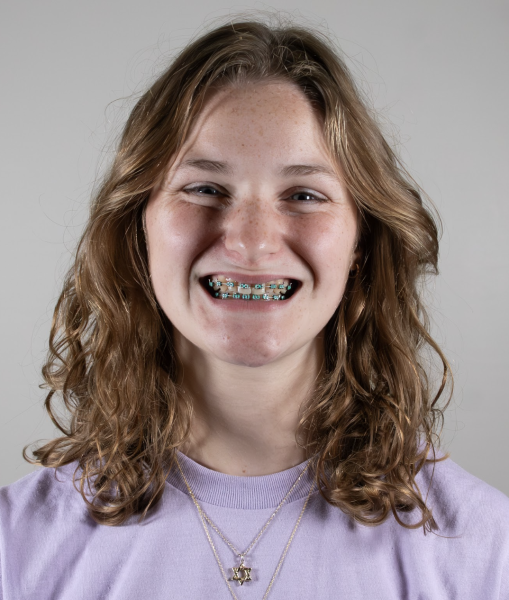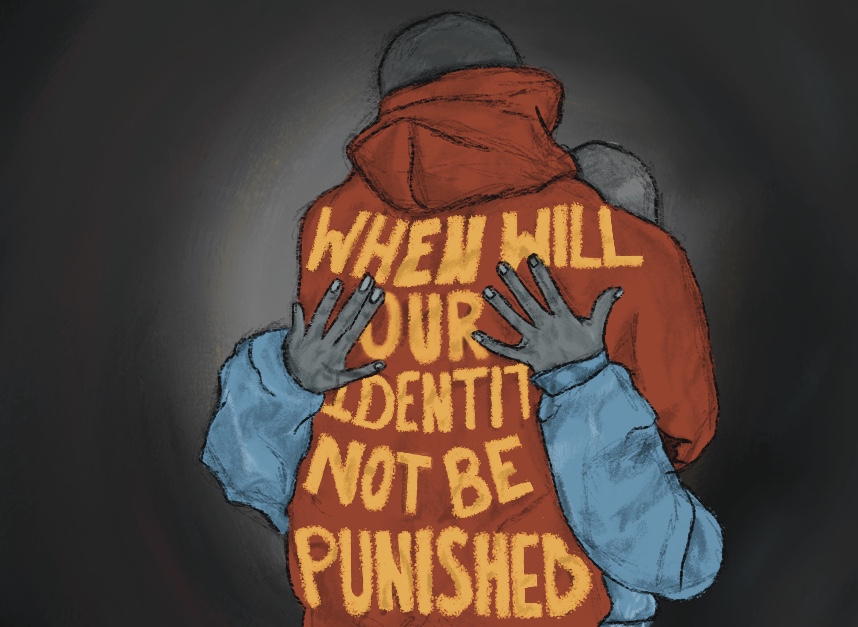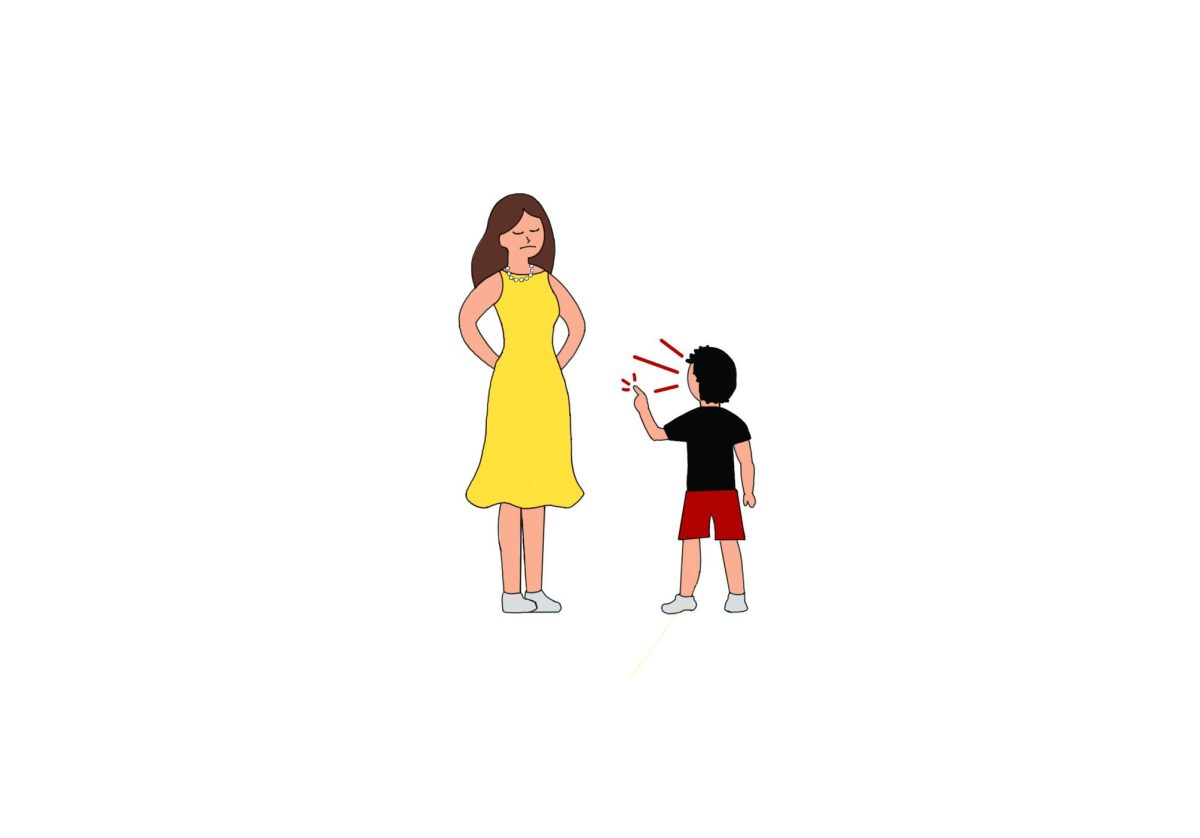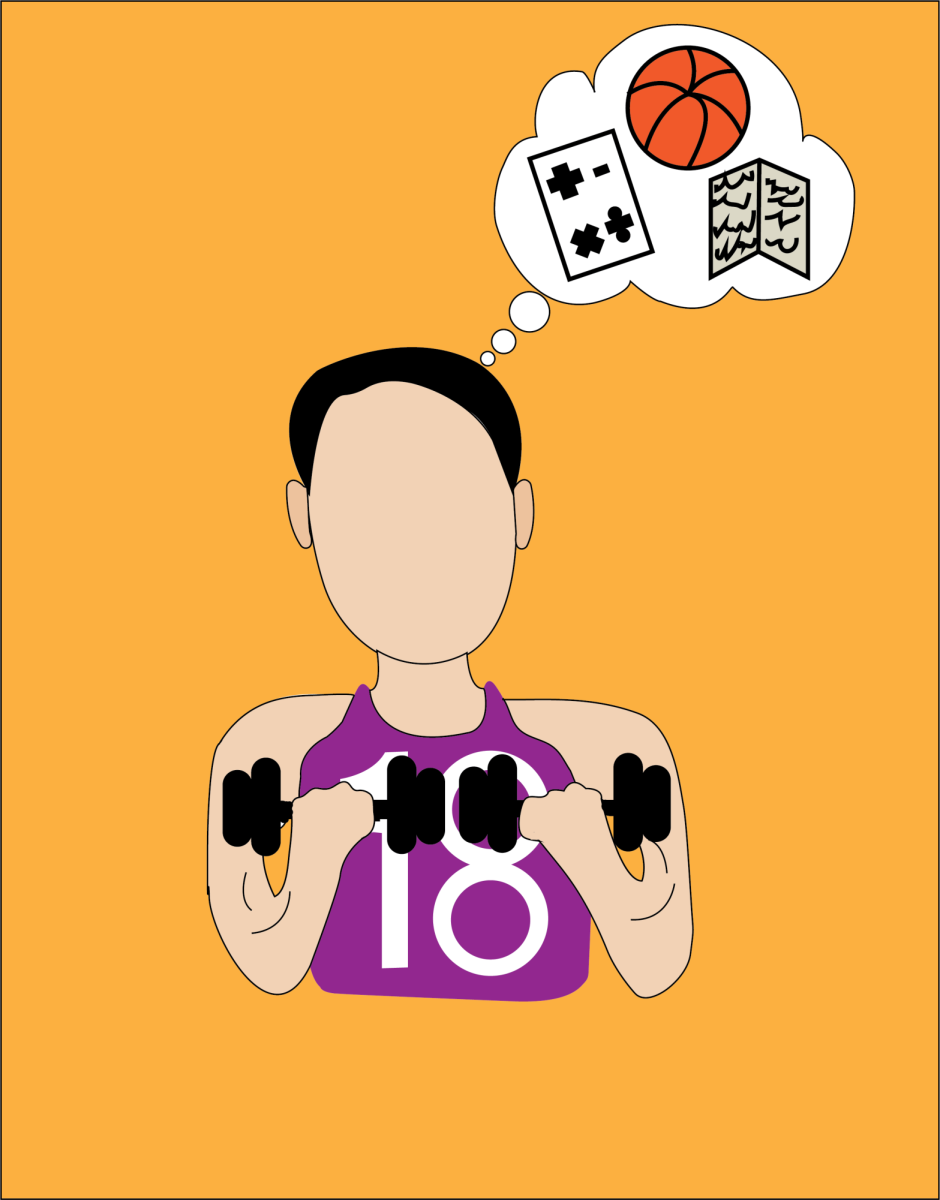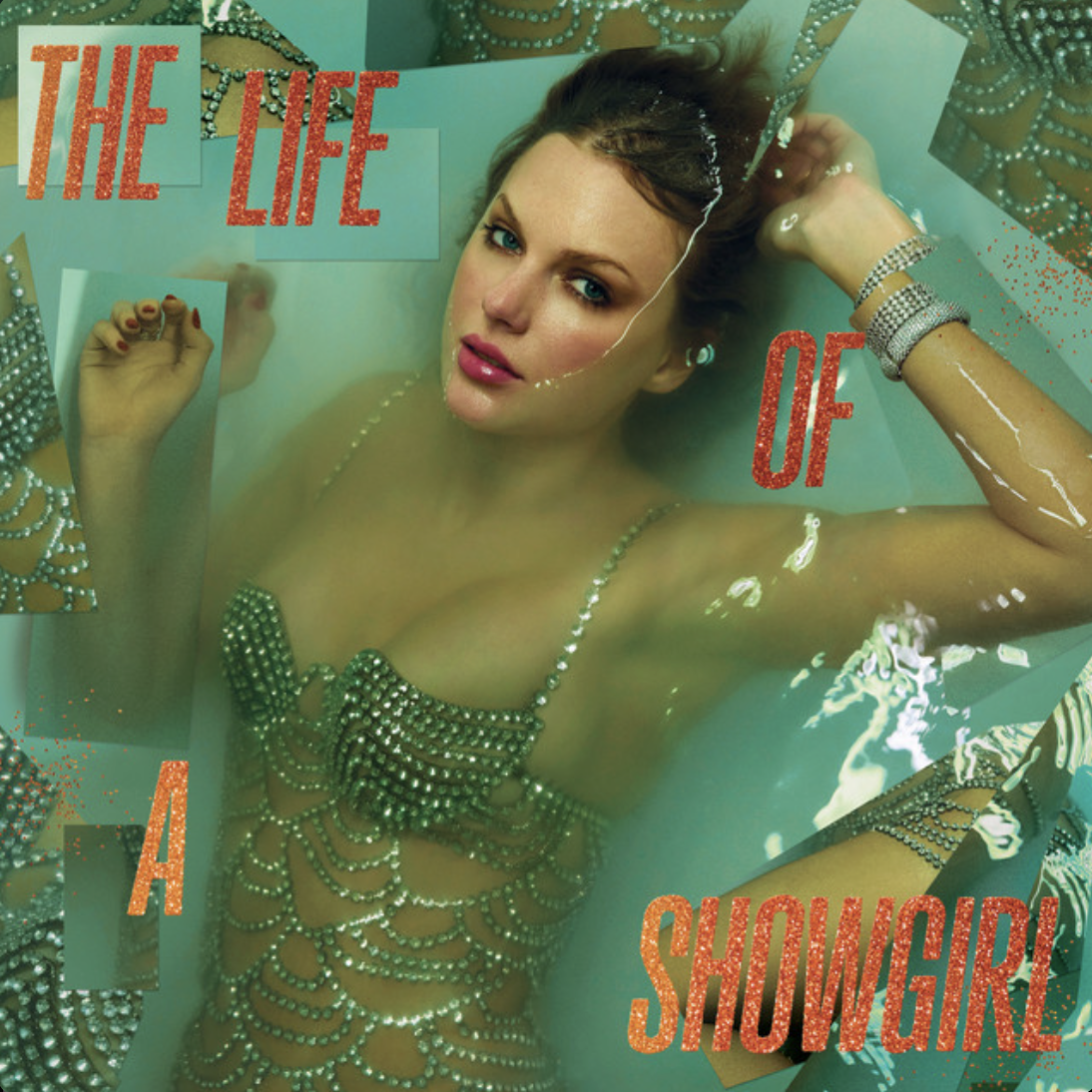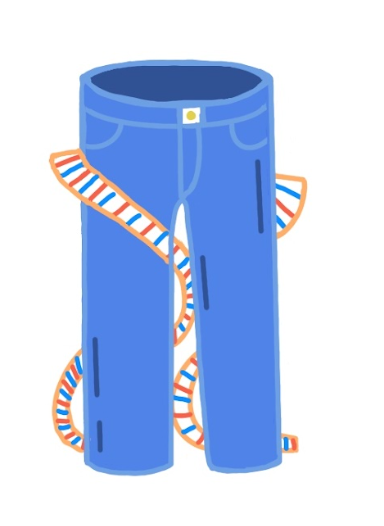
Sydney Sweeney has Great Jeans. That’s the tagline of American Eagle’s infamous viral ad campaign. According to Google Trends, the search rate of the term “eugenics” went up by almost 800% the week Sweeney’s ad was released in late July of this year. Eugenics is “broadly defined as the use of selective breeding to improve the human race,” according to the National Institute of Health. Recently, the term has been mainly used in the context of individuals of specific races having more “desirable” features than others. So what does Sydney Sweeney’s ad campaign have to do with eugenics?
An ad from this campaign starts with Sweeney saying, “Genes are passed down from parents to offspring, often determining traits like hair color, personality, and even eye color. My jeans are blue.” The advertisement also highlighted her body in a sensual way, featuring scenes of her emphasizing that the jeans make her “butt look amazing”, then shows her admiring herself in the mirror, and is even shown wearing only a jacket and jeans.
The ad finishes with “Sydney Sweeney has Great Jeans” flashing across the screen in light blue text, followed by her remarking, “You see what I did there, right?” We see what you did there, American Eagle. Whether the ad was meant to idolize Sweeney’s blue eyes or the shape of her figure, by highlighting historically preferred hereditary traits, American Eagle is essentially promoting eugenics. In contrast to ads just a few years ago, where companies were trying to cast as many diverse people as possible, we are now seeing a blonde-haired, blue-eyed celebrity call her “jeans” great.
It’s not the message of Sweeney’s jeans being great that is a problem. It’s the underlying message that implies that Sweeney’s genes are more favorable than yours or mine.
Watching the ad on my phone, I was transported back to a time when I was a young South Asian girl who had never seen herself represented in a way that made her feel like she was the beauty standard, or that her features were to be strived for. The fact is, no person can control their genes. As Sweeney reminds us, they are passed down from parents to offspring. So why are we still advertising appearances in 2025?
Spreading a message seemingly centered around race and ideal appearance may spark controversy and conversation around their brand, but did it increase sales? According to RetailBrew.com, a newsletter delivering industry insights to retail professionals, foot traffic decreased 9% year over year at American Eagle on the week of August 3. Whether this was merely a coincidence or a conscious decision, it may be an indication of the public’s perception of the campaign.
Another brand, GAP, recently had a different take on a “great’ campaign. The global rising pop sensation Katseye’s GAP ad was a stark contrast to the AE ad. The ad featured a diverse girl group from all different countries performing a now-viral dance to the lyrics “better than yours” from the song “Milkshake” by Kelis. As opposed to American Eagle’s allusion to race supremacy, GAP’s “better than yours” message was framed around having representation of girls from the Philippines, South Korea, Switzerland, India, China and the United States.
The Sweeney ad promotes a specific set of looks, which you cannot buy. The GAP ad instead advertises a concept everyone can achieve: confidence. What influences people to choose one item of clothing over another? Confidence. Confidence that they look good wearing the article of clothing. Confidence that the jeans would look good on various colors, shapes, and sizes of people, and therefore would most likely look good on them, too. Another factor that influences people’s inclination to buy jeans is comfort. Promoting jeans that people can evidently dance in (exceptionally well, I might add) assures audiences that they’ll be comfortable wearing the jeans no matter what.
While it is up to you to decide whether American Eagle’s advertisement was truly promoting eugenics, it is up to all of us to decide: Do we want to continue in a time where we are divided by physical appearance or one where we celebrate the features that make us unique?



